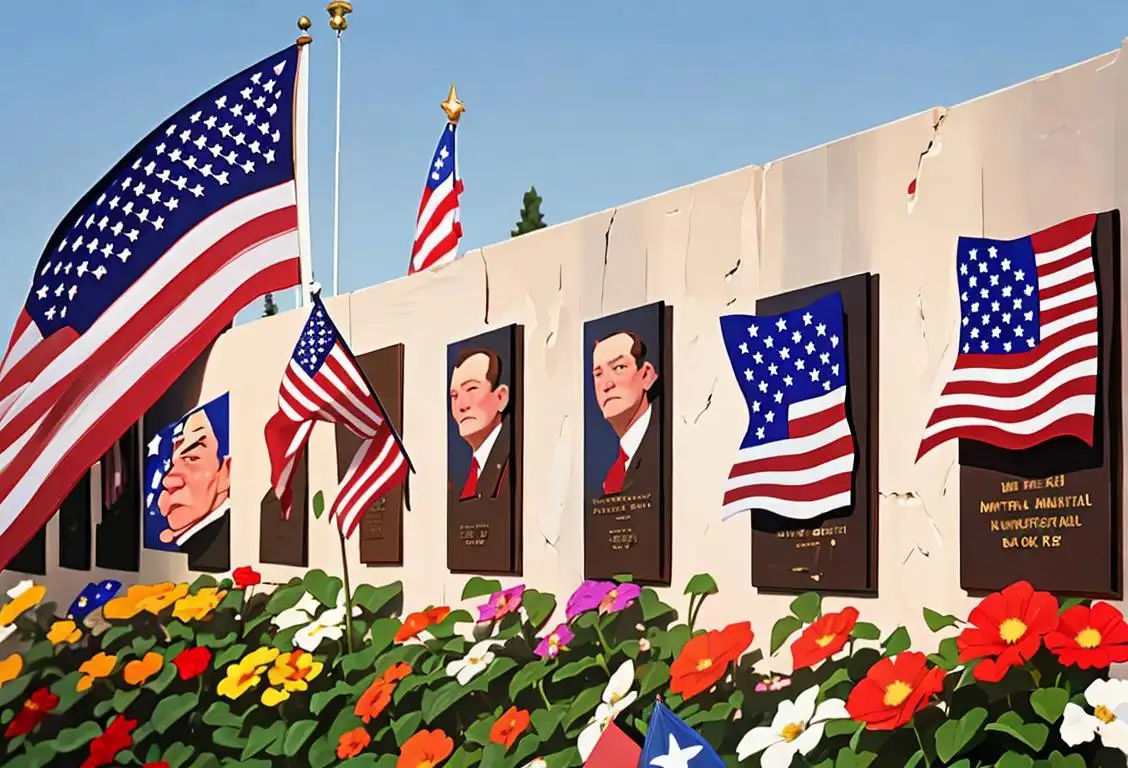National Chess Day

Hey there chess enthusiasts! Get ready to flex your mental muscles and show off those strategic skills because it's National Chess Day! This celebrated day is dedicated to the ultimate game of tactics, where minds clash and kings are toppled. Whether you're an aspiring grandmaster or just enjoy a friendly match with loved ones, National Chess Day is the perfect occasion to embrace the beauty of this timeless board game.
When is Chess Day?
It's national chess day on the 12th October.
A Storied History of Chess
Chess is a game that has captivated hearts and challenged minds for centuries. It traces its origins back to ancient India, where it was known as Chaturanga. From there, it spread across continents and evolved into the game we know today. With its intricate strategies and elegant movements, chess quickly gained popularity among nobility and commoners alike.
The Internet's Love for Chess
In this digital age, chess has found a new home on the internet. Online platforms have allowed players from all over the world to connect and compete. Whether it's playing in online tournaments or watching live-streamed matches, the internet has breathed new life into the game. Chess enthusiasts can now engage with a global community and learn from the best players in the world.
Celebrating National Chess Day
On National Chess Day, chess enthusiasts gather to celebrate the game that has tested their wits and challenged their strategic thinking. It's a day to organize friendly matches with friends and loved ones, or even participate in local chess tournaments. Dust off your favorite chess set, put on your thinking cap, and let the battle of wits begin!
History behind the term 'Chess'
600
Origin in India
The origins of chess can be traced back to ancient India around the 6th century. The game called 'chaturanga' was played on an 8x8 board with pieces representing the four divisions of the Indian army: infantry, cavalry, elephants, and chariotry. It was primarily a game of strategy and was played for entertainment and military training.
600-700
Spread to Persia
During the 6th to 7th centuries, chess made its way from India to Persia (modern-day Iran). The Persians adapted the Indian game, renaming it 'shatranj' and modifying some of its rules. Shatranj gained popularity among the Persian nobility and became a symbol of prestige and intellectual ability.
700-900
Introduction to Islamic World
It was in the 8th and 9th centuries that the game of chess spread throughout the Islamic world. The Arabs embraced chess and brought it to different regions, including North Africa, Spain, and eventually, Europe. The Islamic scholars also contributed to the development of chess by writing treatises on strategy and tactics.
1000-1300
Evolution in Europe
Chess reached Europe through various trade routes in the 11th to 13th centuries. The rules and pieces underwent significant changes during this time. The game became more dynamic as pawns gained the ability to move two squares on their first move, and the queen became the most powerful piece on the board.
1475
First Printed Chess Book
In 1475, the first printed book on chess, 'Book of the Courtier' by Luis Ramirez de Lucena, was published in Spain. This marked an important milestone in the dissemination of chess knowledge and strategies. It contributed to the growing popularity of chess and the establishment of formal guidelines for playing the game.
19th Century
Modern Tournament Chess
During the 19th century, chess further evolved into the modern game we know today. The rules were standardized, and the period witnessed the rise of international tournaments and the founding of chess organizations to govern the game. This era produced legendary chess players, including Wilhelm Steinitz and Emanuel Lasker.
20th Century
Technological Advancements
The 20th century brought remarkable technological advancements that revolutionized the game of chess. Chess notation systems, chess clocks, and the use of computers for analysis and gameplay changed the way chess was played and studied. The emergence of chess engines and online platforms also made it more accessible to a wider audience.
Did you know?
Did you know that the longest chess game ever recorded lasted for over 20 hours? It was played between Ivan Nikolic and Goran Arsovic in Belgrade, Serbia, in 1989. Talk about a marathon chess session!Tagged
fun loved ones sportsFirst identified
20th July 2015Most mentioned on
12th October 2019Total mentions
976Other days
Suicide Prevention Month Day
Happiness Day
Drink A Beer Day
Trivia Day
Cancer Survivors Day
Take A Hike Day
Memorial Day
Foundation Day
Bobblehead Day
Bowling Day









